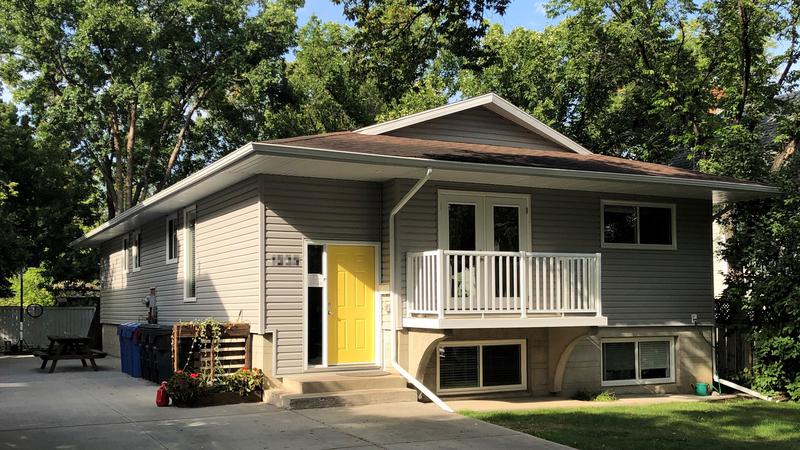
Ex-Obama envoy Heyman details ‘ice age’ with Harper over Keystone pipeline
OTTAWA — Barack Obama’s former envoy to Ottawa has pulled back the veil on how the previous Conservative government of Stephen Harper froze him out over the controversial Keystone XL pipeline.
Bruce Heyman, who was the U.S. ambassador to Canada from 2014 to 2017, offers an on-the-record insider account of one of the worst-kept secrets in Ottawa diplomatic circles in a new book penned with his wife, Vicki.
Harper had staked a lot of his government’s reputation on getting U.S. approval for the Keystone XL pipeline, which he saw as critical to getting Alberta oilsands crude to foreign markets through the United States.


